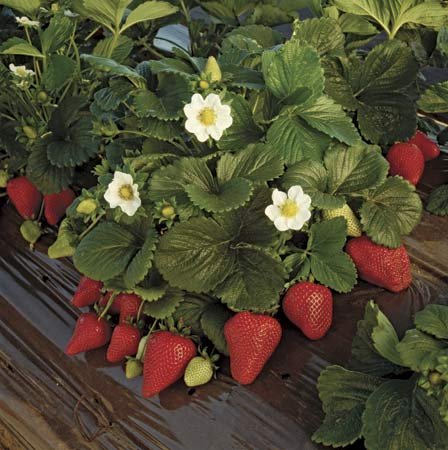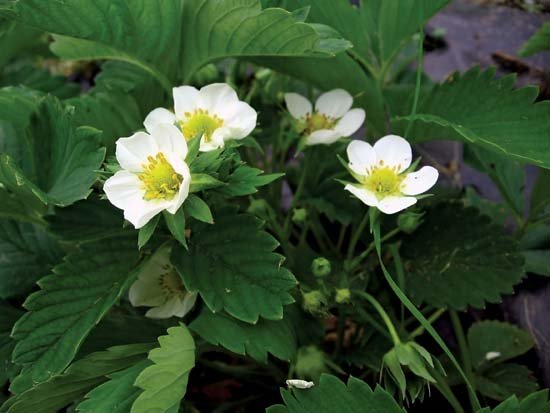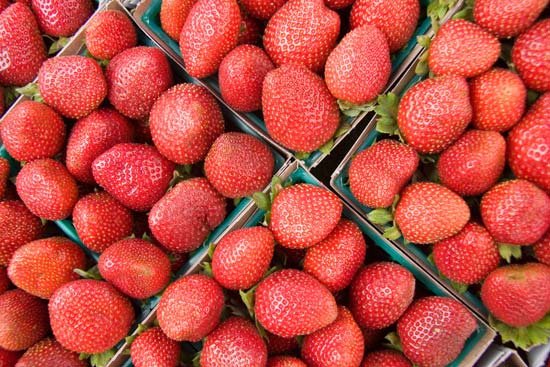What is Strawberry?

Strawberries are low-growing herbaceous crops with a fibrous root method and a crown from which come up basal leaves. The leaves are compound, more often than not with three leaflets, sawtooth-edged, and quite often bushy. The flowers, as a rule white, not often reddish, are borne in small clusters on narrow stalks arising, like the outside-creeping stems, from the axils of the leaves. As a plant a long time, the foundation process becomes woody, and the “mom” crown sends out runners (e.G., stolons) that touch ground and root, consequently enlarging the plant vegetatively. Botanically, the strawberry fruit is considered an “accent fruit” and isn't a true berry. The flesh includes the greatly enlarged flower receptacle and is embedded with the many genuine fruits, or achenes, which might be popularly called seeds.

The cultivated large-fruited strawberry (Fragaria ×ananassa) originated in Europe within the 18th century. Most nations developed their possess types throughout the 19th century, and those are most of the time in particular compatible for the climate, day length, altitude, or form of construction required in a specific neighborhood. Strawberries are produced commercially each for immediate consumption and for processing as frozen, canned, or preserved berries or as juice. Given the perishable nature of the berries and the unlikelihood of mechanical selecting, the fruit is more often than not grown close centres of consumption or processing and the place enough labour is to be had. The berries are hand picked instantly into small baskets and crated for advertising and marketing or put into trays for processing. Early plants will also be produced underneath glass or plastic covering. Strawberries are very perishable and require cool dry storage.

The strawberry succeeds in an incredibly extensive variety of soils and circumstances and, when put next with different horticultural crops, has a low fertilizer requirement. It's, however, prone to drought and requires moisture-conserving soil or irrigation by way of furrow or sprinkler. Additionally, the crops are inclined to nematodes and pathogenic soil fungi, and lots of growers sterilize the soil with chemical substances akin to methyl bromide prior to planting. Runner crops are planted in early autumn if a crop is required the following yr. If planted in winter or spring, the plants are deblossomed to restrict a weakening crop the first 12 months. Vegetation are regularly retained for one to 4 years. Runners may be eliminated from the spaced crops, or a special number is also allowed to type a matted row alongside the usual parent crops. In areas with extreme winters, vegetation are put out within the spring and included during the following winters with the aid of masking the rows with straw or other mulches.
I like it!
Thank You :)